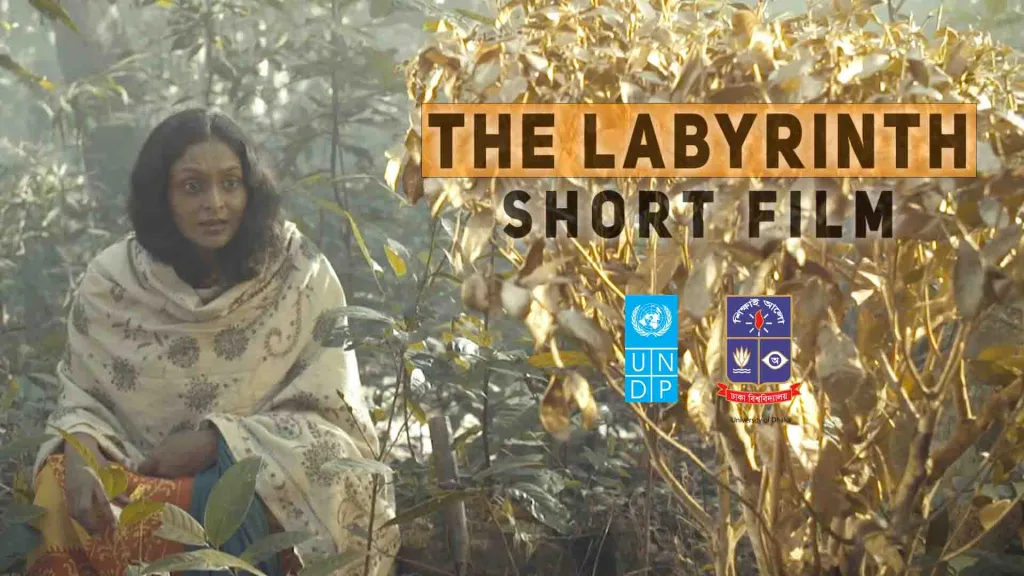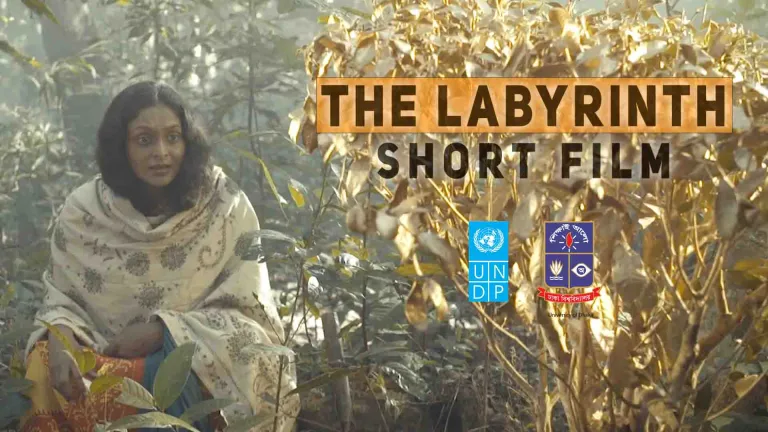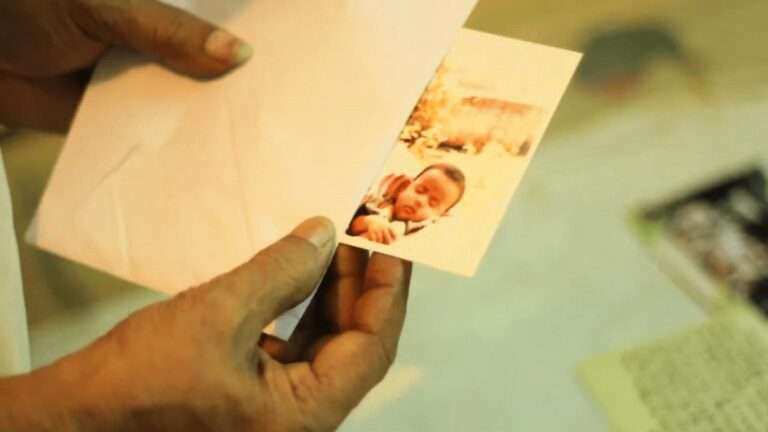Golok Dhadha | Short-Film – Unveiling a Narrative Masterpiece
In the world of cinema, certain works stand out not just for their storytelling but also for the impact they leave on society. “Golok Dhadha,” a short film directed by Ananta Yusuf and edited by Arif Sonnet, is one such masterpiece. Featuring the talented Joyeeta Mahalanobis in the lead role, this film is a joint production of Dhaka University and UNDP at the helm.
A Glimpse into “Golok Dhadha”
“Golok Dhadha” is a cinematic exploration of the challenges and opportunities related to human rights in Bangladesh. The film delves into the lives of four characters who confront various forms of discrimination, violence, and injustice in their everyday experiences. Furthermore, it sheds light on the tireless efforts of UNDP and its partners in advocating for human rights and social justice in the country.
The themes of “Golok Dhadha” encompass the harrowing issues of social stigma, injustice, exploitation, and violence against women prevalent across the nation. Ananta Yusuf’s direction masterfully illustrates the relentless struggles and exploitation faced by tea garden workers in the region. What makes this film unique is the casting choice, as it features protagonists from the tea garden workers themselves. Ananta Yusuf explained, “Casting the workers was not a mere choice but a well-intended one, aiming to integrate the real sufferers while portraying their agonizing tales on celluloid.”
The Backbone of This Cinematic Endeavor
“Golok Dhadha” owes its existence to the Department of Television, Film, and Photography at the University of Dhaka, with invaluable support from the Human Rights Program of UNDP. This collaborative effort underscores the film’s commitment to addressing critical issues and driving positive change through the art of storytelling.
Exploring the History of Tea Workers in Bangladesh
*The history of tea plantation workers dates back to the British regime.* In the early days, a group of tea workers migrated from various famine-stricken parts of India to Bangladesh. This indentured migration was fueled by their desire to escape domestic socio-economic oppression and aspire to a better future.
The Plight of Tea Workers Today
In the present, the majority of tea workers in Bangladesh face challenging circumstances. They often struggle with illiteracy and work for meager wages, with few rights or privileges in the tea estates where they reside and labor. These workers are distinct from other Bangladeshis in terms of ethnicity, race, religion, language, and culture, intensifying their isolation and vulnerability.
The Tea Gardens of Bangladesh
Today, Bangladesh boasts 164 tea gardens spread across seven districts, cultivating tea on 115,757 hectares of land. Approximately 359,085 people reside in these tea garden areas, including 89,812 registered workers and 19,592 casual laborers working in the tea gardens.
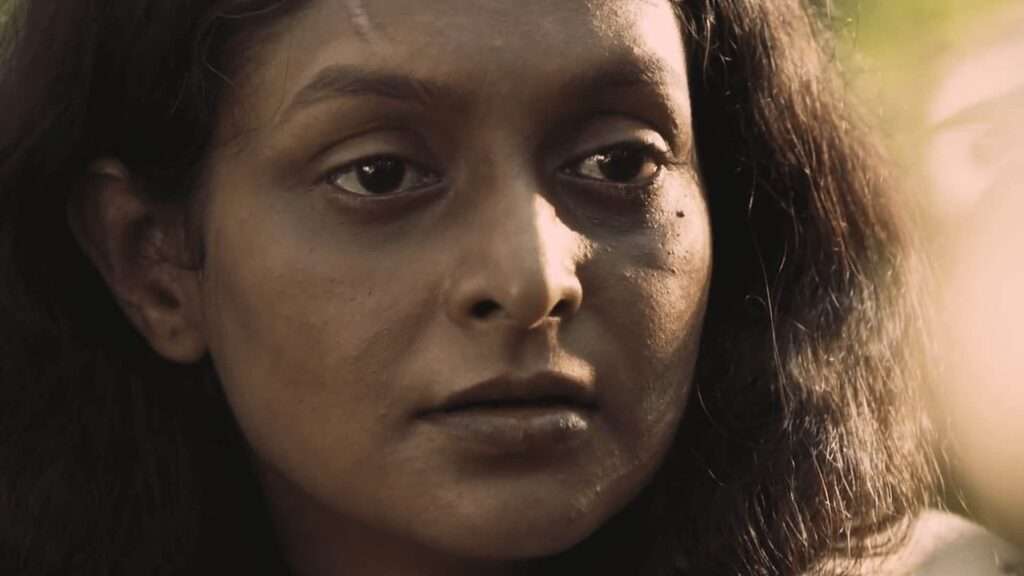
Frequently Asked Questions
**1. What inspired the casting of tea garden workers in “The Labyrinth”?**
– The casting decision was driven by the intention to integrate the real sufferers, the tea garden workers, into the narrative, allowing their genuine stories to be portrayed on screen.
**2. How did tea plantation workers migrate to Bangladesh originally?**
– The migration of tea workers from India to Bangladesh began during the British colonial era. It was motivated by their desire to escape socio-economic oppression and seek better opportunities.
**3. What are the challenges faced by tea workers in Bangladesh today?**
– Tea workers in Bangladesh often struggle with low wages, illiteracy, and a lack of privileges. They face isolation due to their distinct ethnicity, race, religion, language, and culture.
In Conclusion
“The Labyrinth” is not just a short film; it’s a powerful narrative that shines a spotlight on the critical issues of human rights and social justice in Bangladesh. This cinematic endeavor, led by director Ananta Yusuf and editor Arif Sonnet, is a testament to the potential of storytelling to drive positive change. It beautifully blends the talents of its cast and crew with a commitment to addressing the real-world challenges faced by tea garden workers in the country.
In this narrative masterpiece, the journey of “The Labyrinth” mirrors the struggles and aspirations of those it portrays, making it a must-watch for anyone passionate about the power of cinema to effect change.
Production Credit:
Film Editor: Arif Sonnet
Direction: Ananta Yusuf
Lead Cast: Joyeeta Mahalanobish
Music: Shibu Kumer Shill
Duration: 10 Minute 51 Sec
Shooting location: Lawachara National Park – Moulvibazar
Client: Human Rights Program, UNDP
Production: University of Dhaka
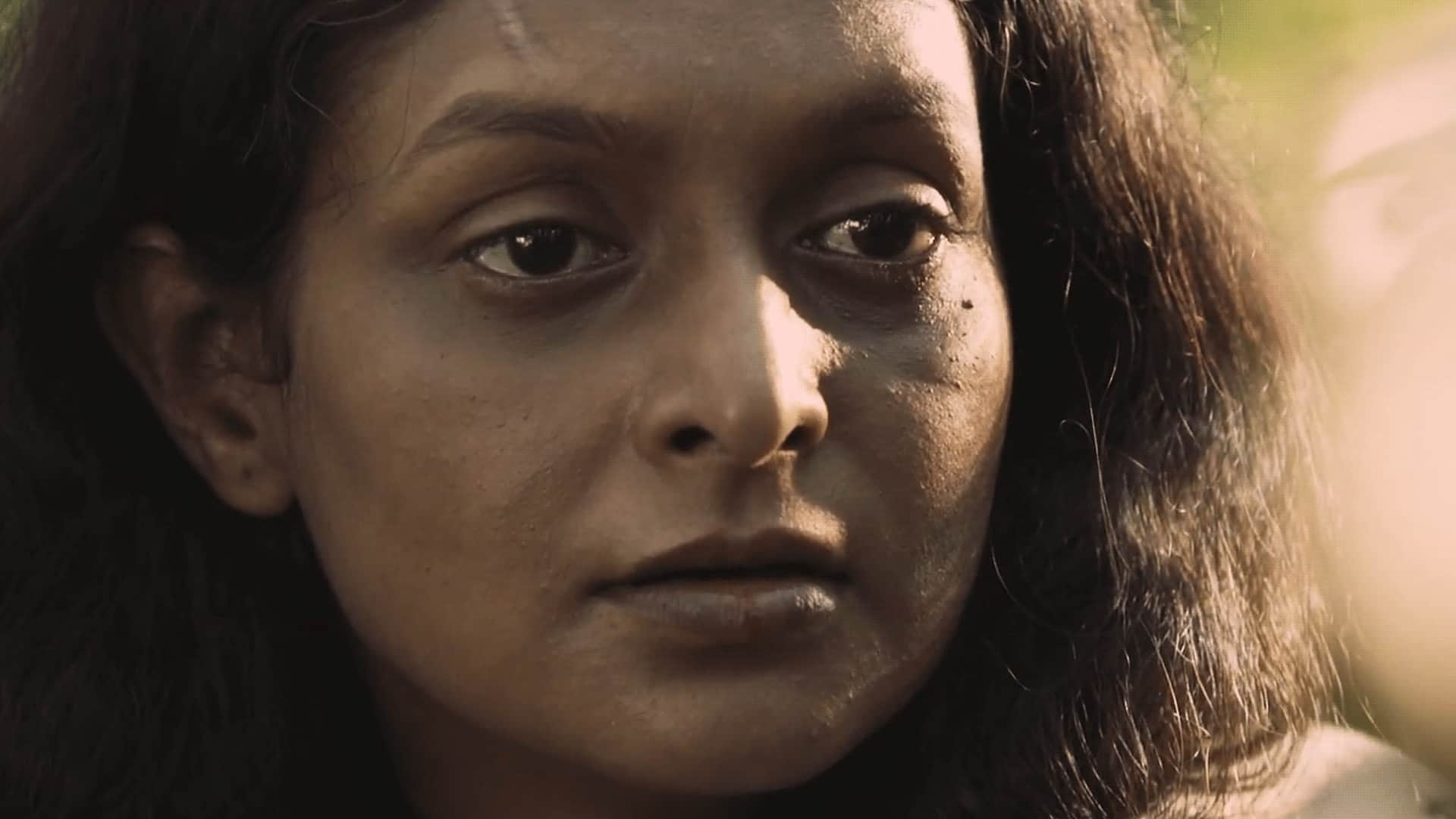
feature on NEWS
The Labyrinth is a short film that explores the challenges and opportunities of human rights in Bangladesh. The film follows the stories of four characters who face different forms of discrimination, violence and injustice in their everyday lives. The film also showcases the efforts of UNDP and its partners to promote human rights and social justice in the country.
